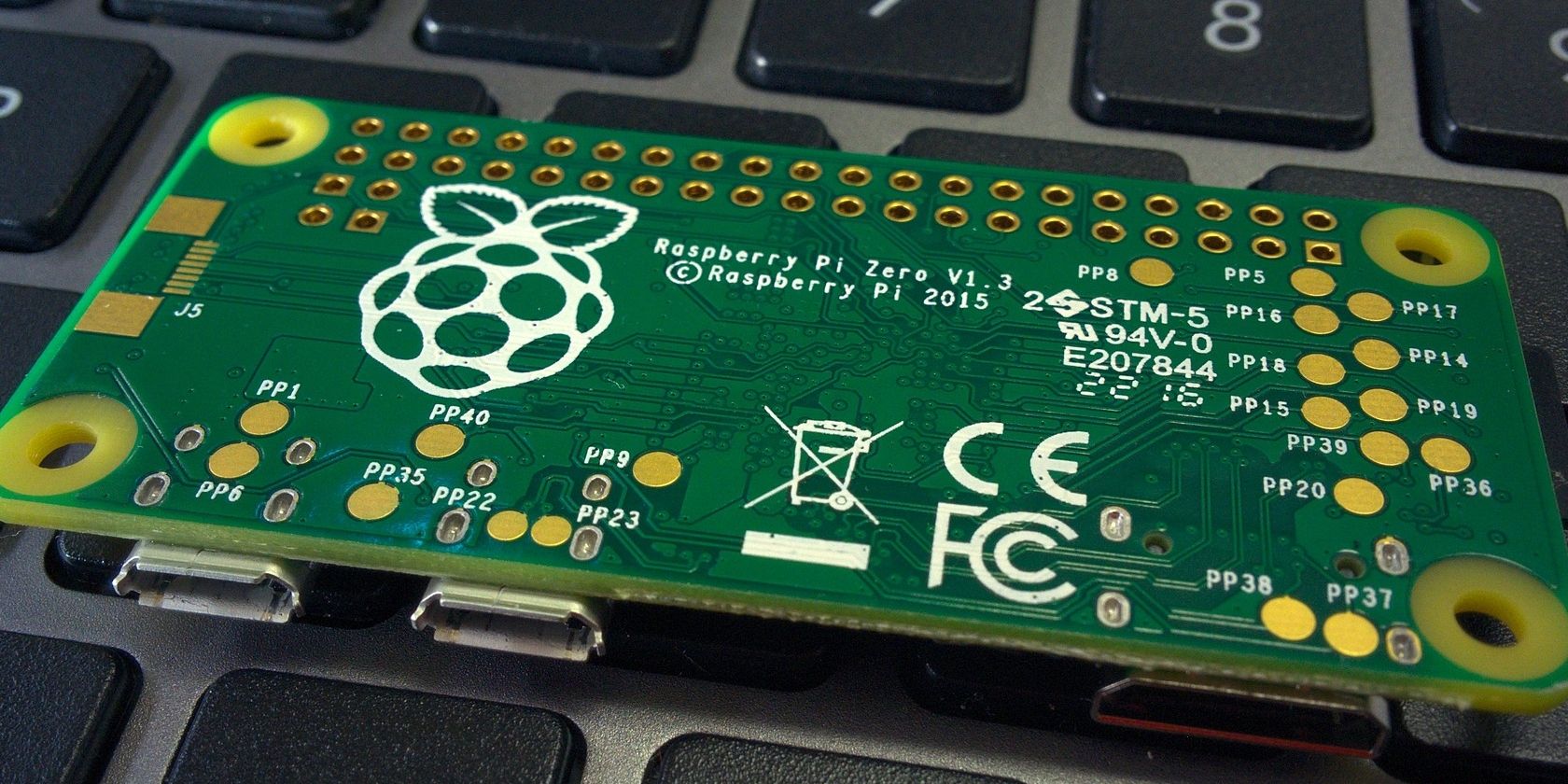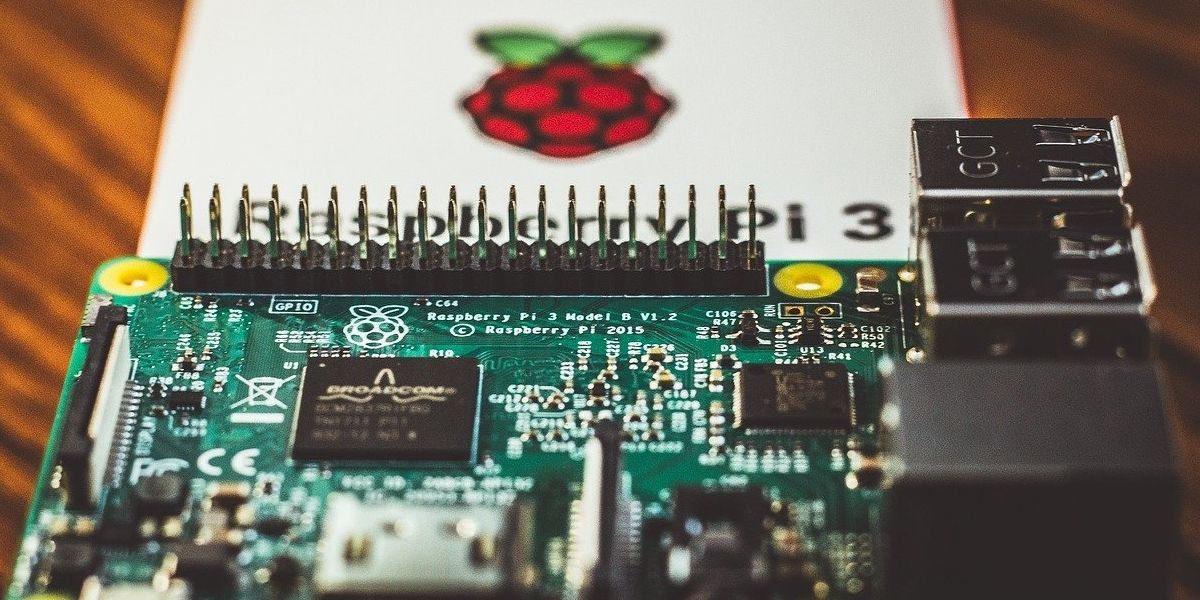Approximately every two years, Debian releases a new stable version of its operating system, and the time has come again. And since Raspberry Pi OS is based on Debian, the developers release a new version every time Debian gets an LTS release. The latest update is here and packed full of useful changes.
Debian Linux 11–codenamed "Bullseye"—offers a range of features that make the latest Raspberry Pi OS slicker and more functional than before. Let’s take a look at the latest iteration of Raspberry Pi OS and its noteworthy features.
Switch to GTK+3
All Linux applications, along with the desktop, now utilize the updated GTK+3 user interface toolkit. Apps use GTK+ software to draw certain components, such as buttons and menus, and the move away from version two means a more uniform look and feel across the OS.
While the switch is a major change, the developers have sought to make interfaces appear as familiar as possible, so the transition shouldn’t be too jarring to anyone used to the old style.
New Window Manager
Rather than drawing items individually, Raspberry Pi OS 11's new compositing window manager mutter draws all windows into memory to form a complete image of the screen. It then sends the whole image to the display hardware. This bigger-picture approach makes employing more advanced window effects, such as animations and shading, possible.
Due to the feature requiring a high amount of resources to run smoothly, Raspberry Pis configured with less than 2GB of RAM will use the previous window manager, Openbox.
Integrated Notification System
Raspberry Pi OS now includes a notification manager in the taskbar, which the OS and other applications can utilize. You’ll see notifications displayed in the top right corner of the screen, and each alert will clear automatically after 15 seconds by default.
Alternatively, you can manually remove a notification by clicking on the appropriate window. You can also configure the timer length in Panel Preferences, and setting a value of zero will cause notifications to remain until dismissed.
Updater Plugin
The new updater plugin utilizes the notification system to alert you when new updates are available. Included in the taskbar, the plugin provides a quicker and more user-friendly way to install updates without needing to use a terminal window.
When you boot your Raspberry Pi, the plugin checks for updates and notifies you if any are available. You can then click the taskbar icon to install or view a list of available software.
Simplified File Manager
In the new Raspberry Pi OS release, the developers have cleaned up the file manager’s view options to include only icon and list views. They’ve removed the thumbnail button, which you can now find in the View menu if required.
If you need to modify icon sizes further, you can do so using the Zoom options, also found in the View menu.
KMS Video Driver as Standard
The OS has moved from its closed-source Raspberry Pi-specific video driver and adopted Kernel Mode Setting (KMS). KMS controls the display connection, and switching to the standardized method means developers no longer need to design apps specifically for Raspberry Pi if the software requires access to the display.
New Camera Driver
In a similar step away from closed-sourced software, Raspberry Pi OS has now switched to the libcamera driver. This change will make developing new camera-related software and hardware for the Raspberry Pi simpler.
Enjoy the Latest Raspberry Pi OS Update
Features of the latest "Bullseye" release add functionality and versatility to the Raspberry Pi OS, and new tools, such as the notification system and updater plugin, help create a more user-friendly experience.
As with any other Linux-based system, you can easily update your existing Raspberry Pi to the latest version.


